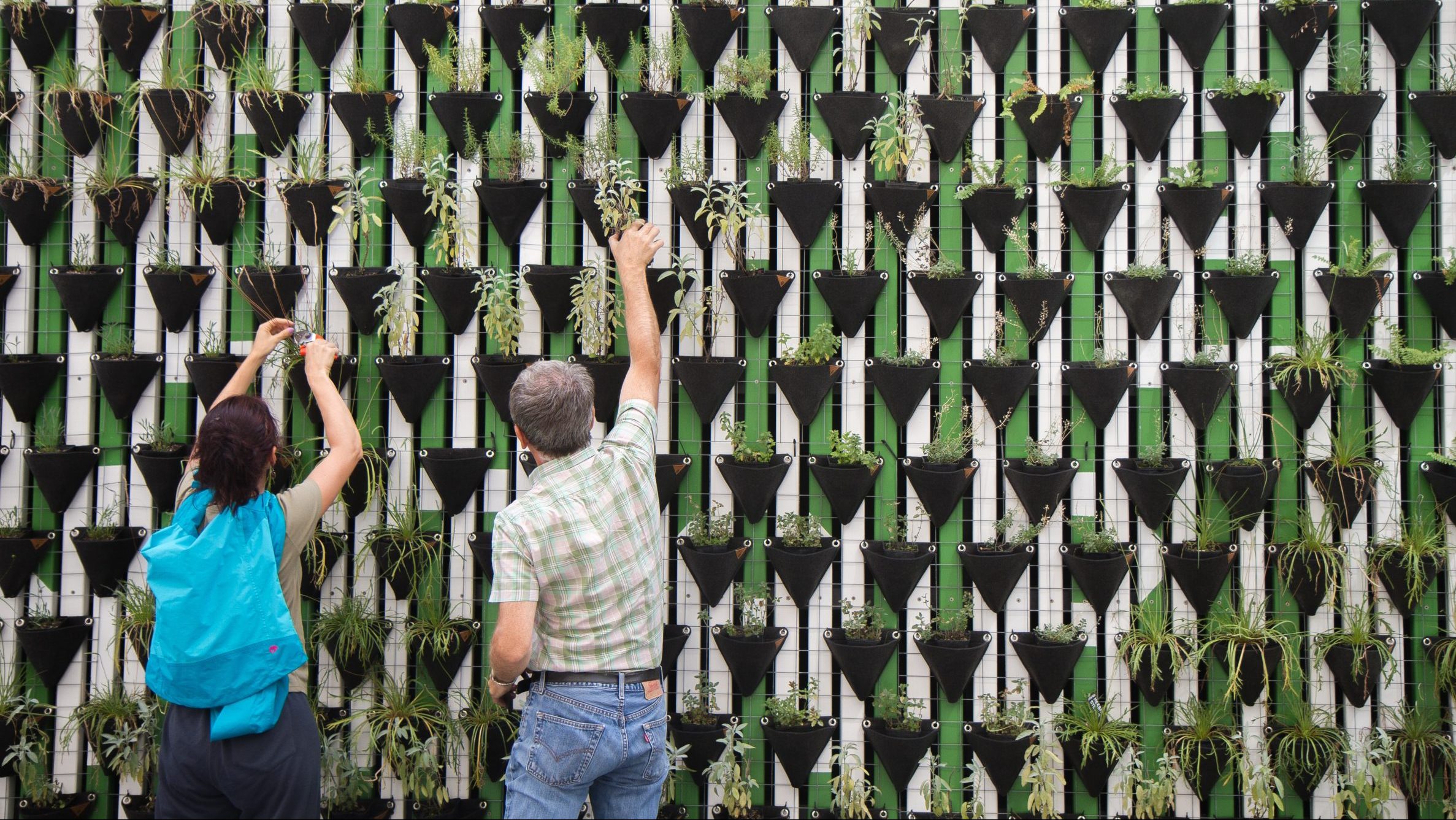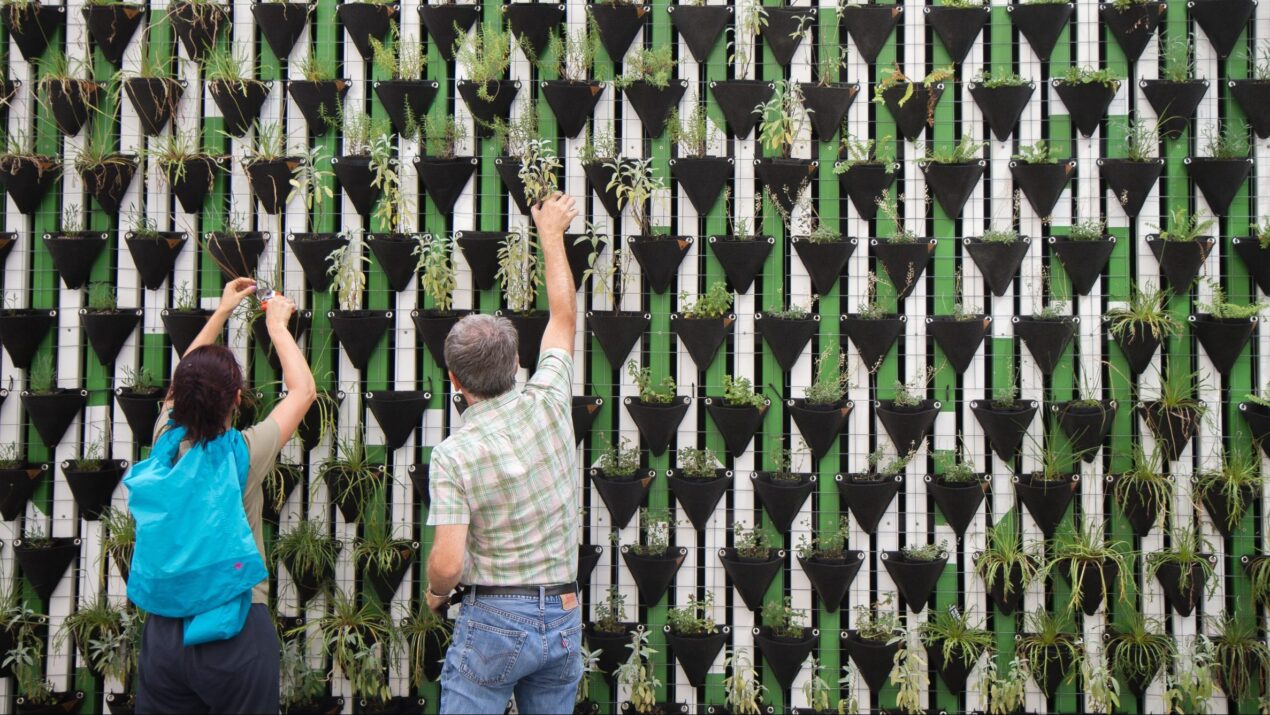
Policy Solution
Green walls
Lead by Example

Summary
Green walls are composed of plants installed on the sides of buildings. The plants cool buildings envelope temperatures and surrounding temperatures through evapotranspiration and shading. Green walls are also known as living walls or vertical gardens.
Implementation
Promote green walls by converting or installing them on existing or new publicly-owned property.
Considerations for Use
Green walls require sufficient irrigation and high levels of ongoing maintenance. Plants should be selected that provide dense foliage to maximize coverage.
Overview
Climate:
Hot/Humid, TemperatePolicy Levers:
Lead by ExampleGovernments have ownership and jurisdiction over a range of assets (e.g. buildings and streets) and also serve as a direct employer, and contractor. This allows them to promote heat risk reduction and preparedness solutions and demonstrate their impact through leading by example with proactive interventions to make their assets, employment opportunities, and contracts heat-resilient.Trigger Points:
Evaluating or initiating major city infrastructure projectsIncludes projects such as city transit, street or utilities construction / re-construction etc.Planned new developmentIncludes Greenfield or brownfield development or new constructionSubstantial rehabilitationIncludes the re-development or major renovation projects.Intervention Types:
Green/natural InfrastructureSectors:
Buildings
Case Studies
Impact
Target Beneficiaries:
ResidentsPhase of Impact:
Risk reduction and mitigationMetrics:
Decrease in building temperature, Energy savings, Number of installations completed and in progress projects, Stormwater runoff reduction
Implementation
Intervention Scale:
BuildingAuthority and Governance:
City governmentImplementation Timeline:
Medium-term (3-9 Years)Implementation Stakeholders:
City governmentFunding Sources:
Public investmentCapacity to Act:
High, MediumBenefits
Cost-Benefit:
HighPublic Good:
MediumGHG Reduction:
MediumCo-benefits (Climate/Environmental):
Improve stormwater management, Preserve biodiversity, Reduce air and water pollutionCo-benefits (Social/Economic):
Build social cohesion, Improve human health, Increase property values, Save on utilities
